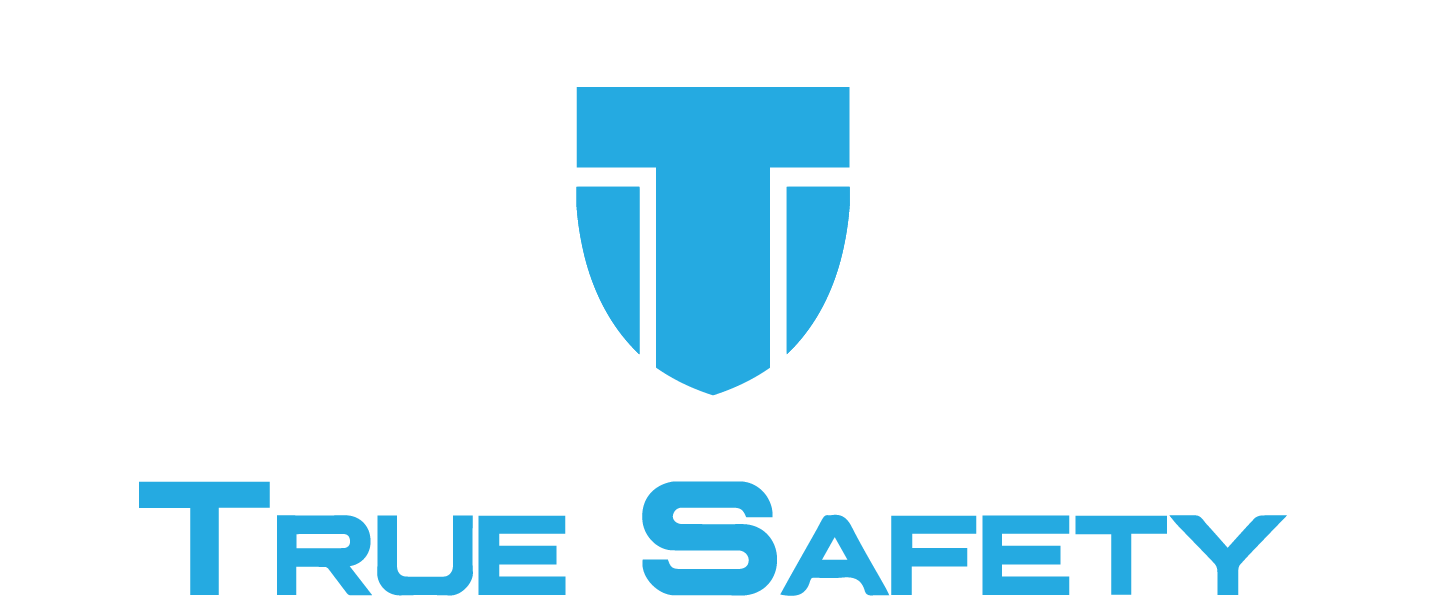Why OSHA Enforces the Need For Proper Confined Space Training Across America
There are endless jobs in the blue collar industry, and the demand continues to grow every month across the country. OSHA requires specific types of training to be conducted depending on the environment, line of work, and potential hazards that could arise. Confined spaces training is very important for organizations that regularly or sometimes have the elements of a “confined space” present. What exactly does this mean for you though?
Let’s take a closer look. A confined space typically consists of limited exit and limited entry openings. Also, confined spaces usually are not well ventilated, and not supposed to be utilized for workers to do continuous work or be present in the area for too long. Although confined spaces allow workers to go in and complete their tasks, that doesn’t mean that safety precautions should be ignored. In fact, confined spaces have a lot of specific safety protocols that need to be followed in order for there to not be any risk whatsoever to any worker(s) at any point in time.
Confined space training is especially important to organizations who don’t have a third party trained rescue team, or even companies who have rural work sites. Not all local emergency fire departments and paramedics are specifically trained to go into confined spaces and complete an appropriate rescue. Some are, but it is so vital to check your specific locations and get something in place or train your own teams within your facilities. OSHA enforces confined space training for companies that have methods and processes of utilizing permit-required manholes (aka confined spaces.)
Who ends up not coming out alive in confined space events? Rescuers. Believe it or not, over sixty percent of work site deaths that occur happen to be rescuers. Many of them immediately think with their heart, and want to go in and save their brother, sister, or best friend who is in need. Unfortunately, many don’t make it out alive if they are not trained and use a specific rescue plan in every action of this matter. Confined spaces can often lack the necessary oxygen or even be toxic to humans. Many blue collar organizations who place safety as their top priority train each employee to not only test the confined space prior but consistently too. Asphyxiation, or in other words, oxygen deficiency, is the number one cause of death among workers and rescuers in confined spaces.
In 2017, there were 166 American worker fatalities from confined space incidents. In 2018, there were 148 workers who died in a confined space. Moving forward into this year of 2022, the number of fatalities has decreased overall across the nation. The number of deaths from a confined space is still too high; especially when much effective training is available for all blue collar business owners to utilize.
What are some of the elements of physical property or a physical work site that aligns with permit-required confined space training? Here are some examples:
Manhole
Silo
Tunnel
Utility vault
Manure pit or pits
Storage Tank or storage tanks
Storage bins
Hoppers
Vessels
Equipment Housings
Spaces of Ductwork
Sewers
Underground utility or utilities
Pipelines
Boilers
Ventilation Ducts or Exhaust Ducts
Some types of companies that would require OSHA-focused confined space certifications include but are not limited to:
Emergency Response teams such as firefighters, flight paramedics, etc.
Mining companies and anyone who is affiliated with working on a mining site
Aerospace organizations and technicians
Engineers
Utility workers
Construction workers
Pipeline technicians
HVAC foremen and HVAC apprentices
Welders, offshore welders, and industrial welders
maintenance technicians for small businesses and city/state/county maintenance technicians
Third party trained emergency response organizations that handle specific, skilled rescue scenarios
We provide OSHA focused Confined Space Training that meets and exceeds your needs! We have a 4-Hour Confined Space Training class and a Confined Space 8-hour Competent Person Training Class. No matter where you are in the USA, we can travel to your facility to train!

